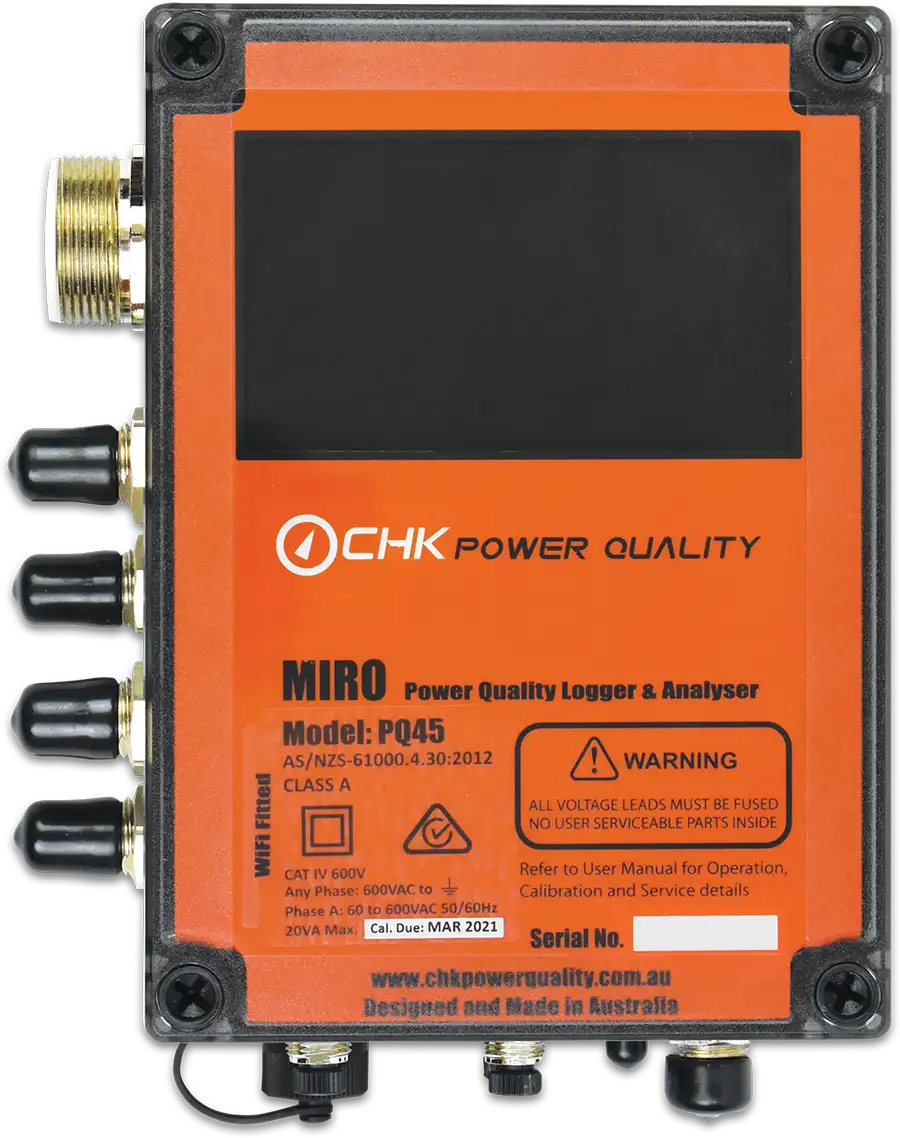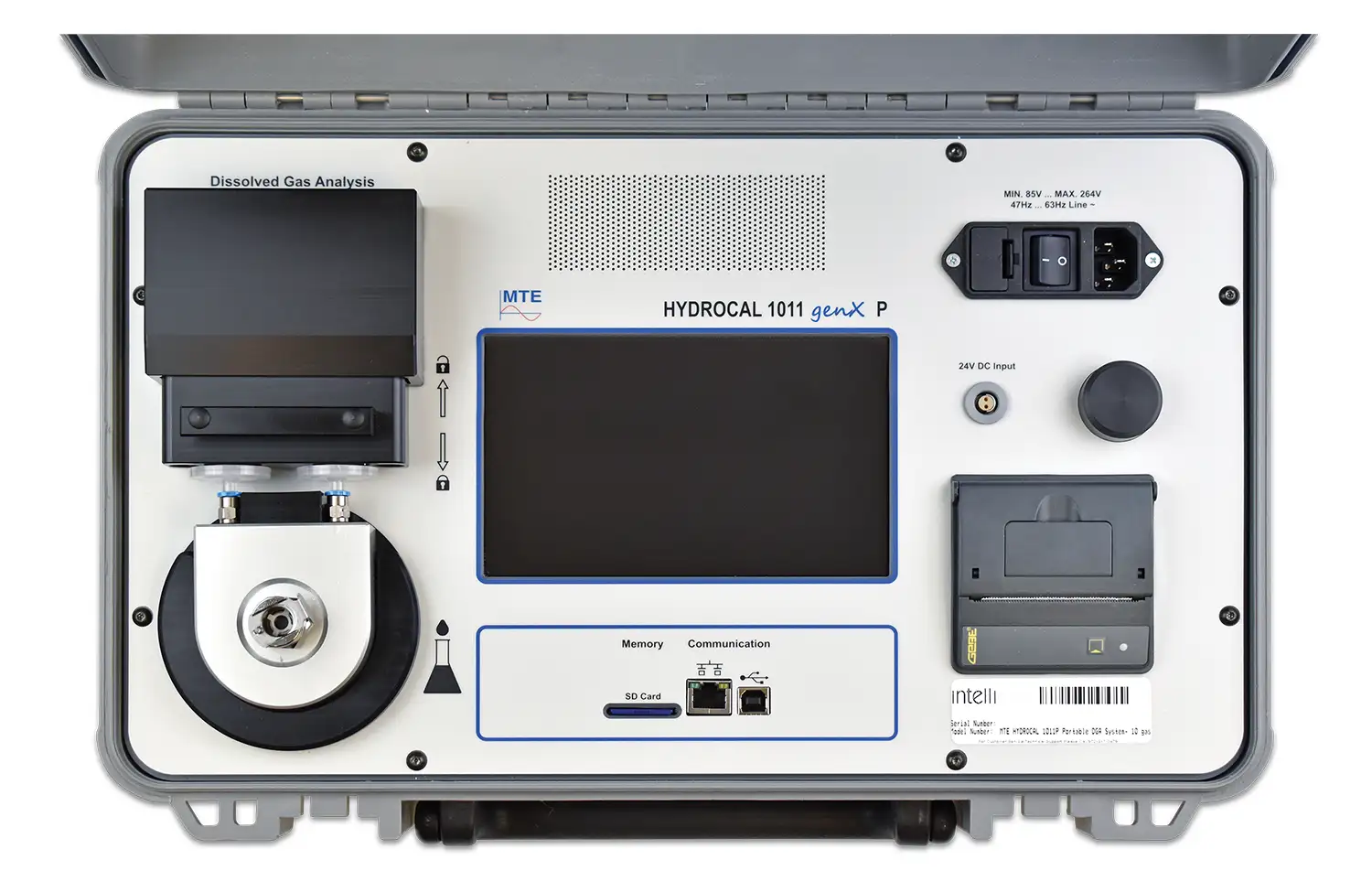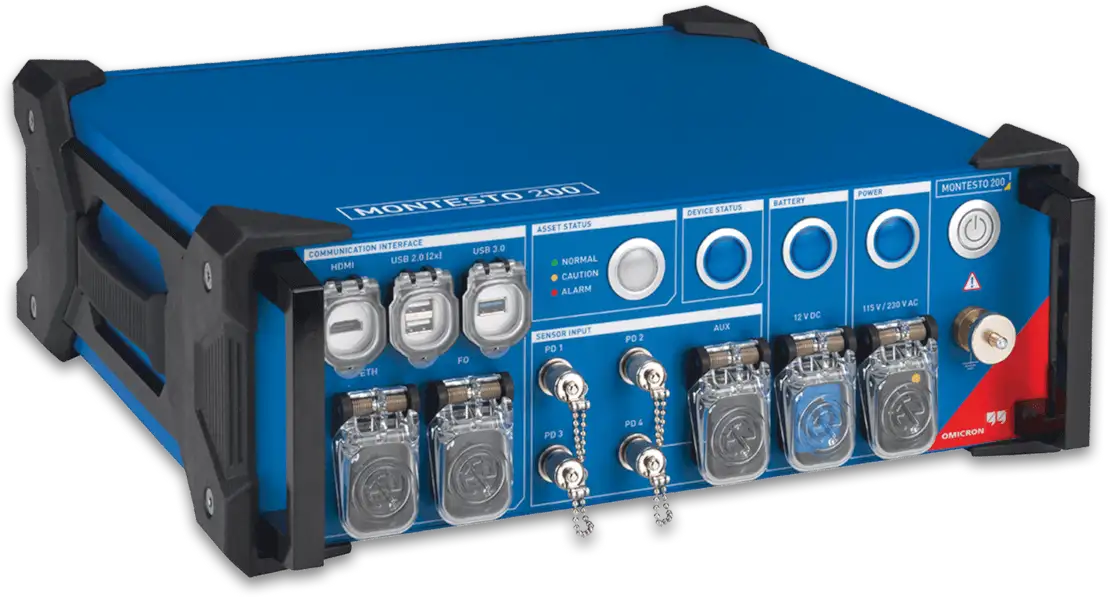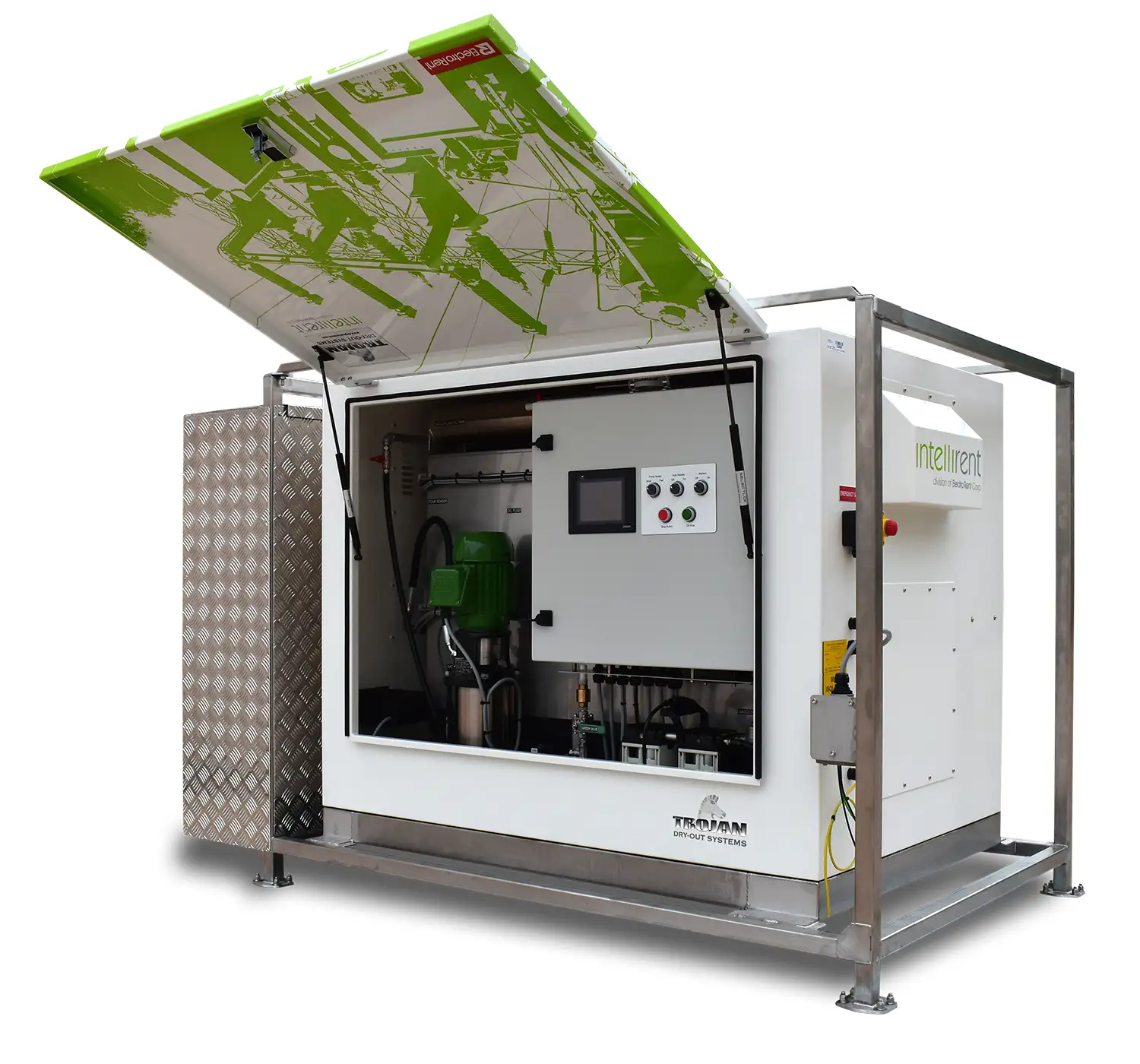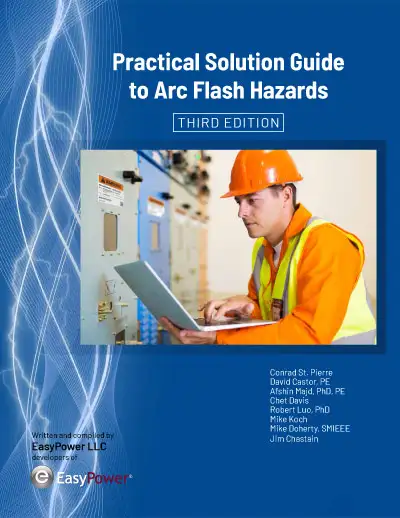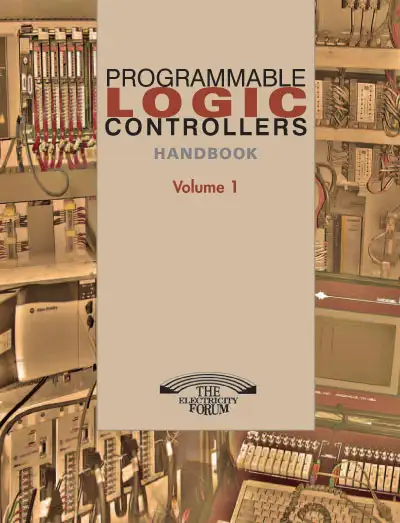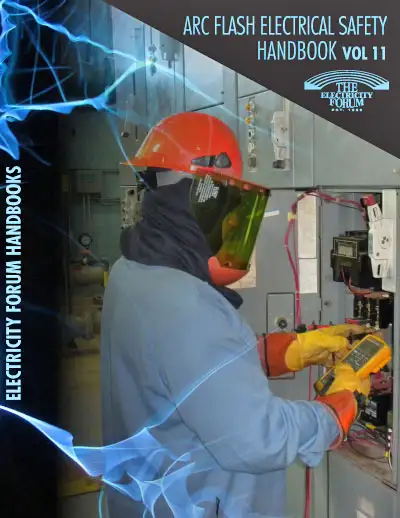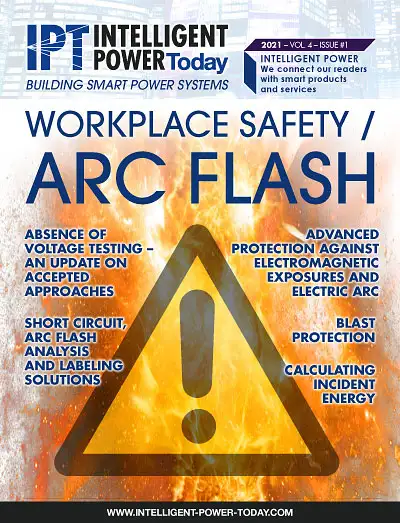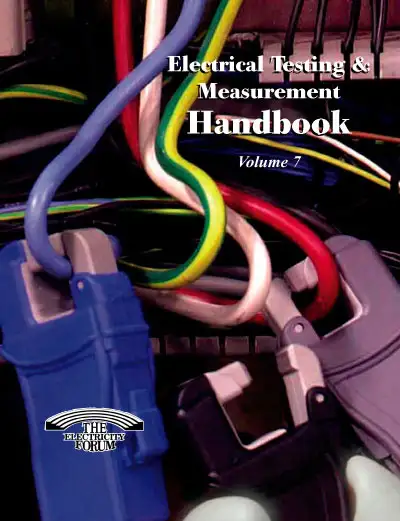Arc Fault Circuit Interrupter Protection
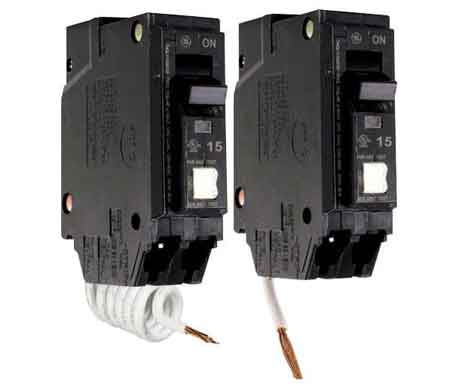
Arc Fault Circuit Interrupter Protection detects dangerous arc faults in wiring, preventing electrical fires, enhancing home safety, and meeting NEC code requirements. AFCI breakers safeguard circuits in bedrooms, living areas, and other critical spaces.
What is Arc Fault Circuit Interrupter Protection?
Arc fault circuit interrupter protection involves AFCIs devices that are vital components in modern electrical systems designed to prevent electrical fires. It:
✅ Detects hazardous arc faults in electrical wiring before they ignite fires.
✅ Improves home safety by shutting off power during arc conditions.
✅ Meets NEC requirements for protection in key residential areas.
Arc Fault Circuit Interrupter (AFCI) protection is a critical safety measure that prevents electrical fires by detecting dangerous arc faults before they can ignite surrounding materials. This technology is required in many areas of modern homes under the National Electrical Code (NEC) and offers protection beyond that of standard breakers. In this article, we explain what AFCIs do, how they work, the different types available, NEC requirements, and why investing in them is a smart safety choice. For a broader understanding of system safety, see our Electrical Protection overview, which explains the key principles behind safeguarding circuits and equipment.
Basic Protection Relay Training
Request a Free Training Quotation
Why AFCI Protection Matters
Arc faults occur when electricity jumps through the air between damaged conductors or loose connections, creating extreme heat that can ignite nearby materials. Common causes include:
-
Damaged or frayed wires
-
Loose terminal connections
-
Aging electrical systems
-
Cords pinched by furniture
According to the U.S. Consumer Product Safety Commission, arc faults are a leading cause of electrical fires in residential settings. AFCI circuit breakers detect these faults and instantly de-energize the circuit, significantly reducing fire risk in dwelling units. Learn more about specialized AFCI devices in our guide to AFCI Protection, which details their role in preventing arc fault–related fires.
How AFCIs Detect Arc Faults
Arc faults create a distinct electrical signature, different from normal current flow. AFCIs use advanced electronics and waveform recognition technology to continuously monitor branch circuits. When abnormal patterns consistent with either parallel or series arcs are detected, the breaker trips, cutting power before heat can build to dangerous levels. Our detailed article on the Arc Fault Interrupter Breaker explains how these breakers function and where they should be installed for maximum protection.
-
Parallel arcs occur between two conductors, often from damaged insulation.
-
Series arcs occur along a single conductor, often from loose or corroded connections.
How an AFCI Works
Inside an AFCI breaker, microprocessors compare live waveform data against known arc fault patterns. When a match is found, the device trips in fractions of a second, interrupting the circuit. This quick action prevents ignition and limits damage, offering protection standard breakers cannot match. If you want to understand the broader category of devices that limit damage from faults, visit our page on Circuit Protection Devices.
Types of AFCI Devices
Branch/Feeder AFCI
-
Installed at the panel to protect the entire branch circuit from parallel arcing faults.
Combination Type AFCI
-
Protects against both series and parallel arcs. Required by NEC in most applications since 2008, it offers the most complete branch-circuit protection in bedrooms, living areas, dining rooms, and more.
AFCI Receptacles
-
Installed at the outlet, ideal for retrofit situations where panel replacement isn’t practical.

AFCI vs GFCI vs Dual-Function Devices
While both AFCIs and Ground Fault Circuit Interrupters (GFCIs) improve safety, they address different hazards:
-
AFCI Protection – Prevents electrical fires caused by arc faults.
-
GFCI Protection – Prevents electrical shock by shutting off power during ground faults.
-
Dual-Function Breakers – Combine AFCI and GFCI in one device for protection against both hazards, recommended for comprehensive home safety.
Proper fault analysis is key to safe design—read our Fault Current Calculation guide to see how engineers size and coordinate protection systems.
NEC Requirements & Code Evolution
The NEC has expanded AFCI requirements over time:
-
1999 – Required in bedrooms only.
-
2008 – Expanded to family rooms, dining rooms, living rooms, parlours, libraries, and dens.
-
2014 – Added kitchens, laundry areas, and hallways.
-
2017/2020 – Maintained broad coverage for most habitable rooms.
Always check local adoption of NEC rules, as requirements can vary by jurisdiction.
Installation Guidelines
-
Follow NEC Guidelines – Install AFCIs in branch circuits supplying outlets in required areas.
-
Hire a Licensed Electrician – Proper wiring and secure connections are essential for reliability.
-
Consider Voluntary Installation – Even if not required by local code, adding AFCI protection enhances safety.
Cost vs Safety
AFCI breakers cost about $30–$50 each—more than standard breakers—but their fire prevention capability can save property, possessions, and lives. The cost is small compared to the potential loss from an electrical fire.
Where AFCI Protection Is Required
Under NEC, branch circuits supplying outlets in the following areas require AFCI protection:
-
Family rooms
-
Dining rooms
-
Living rooms
-
Parlors
-
Libraries
-
Dens
-
Bedrooms
-
Recreation rooms
-
Closets
-
Hallways
Bathrooms – GFCI First, AFCI Optional
Bathrooms require GFCI protection due to water shock hazards. While AFCI protection is not mandated in most bathrooms, adding dual-function protection provides both fire and shock safety.
Arc Fault Circuit Interrupter Protection is an essential part of a safe, modern electrical system. By detecting and stopping arc faults before they cause fires, AFCIs meet and exceed electrical code requirements and offer peace of mind for homeowners. Whether required by law or installed voluntarily, these devices are one of the most effective ways to protect your home from electrical fire hazards. For more advanced applications, explore Power System Protection, which covers methods to safeguard entire electrical networks from faults and outages.
Frequently Asked Questions
Do AFCIs really prevent fires?
Yes. AFCIs detect dangerous arc faults before they can generate enough heat to ignite surrounding materials. By interrupting the circuit in milliseconds, they greatly reduce the risk of electrical fires caused by damaged wiring, loose connections, or aging systems.
Where are AFCIs not required?
AFCIs are not typically required in garages, unfinished basements, or bathrooms under the NEC. However, local codes may vary, and some homeowners choose to install them in these areas for added protection.
Can I replace a standard breaker with an AFCI?
Yes. In most modern panels, you can replace a standard breaker with an AFCI breaker of the same amperage. Always use a compatible breaker for your panel brand and have the work performed by a licensed electrician.
What is the difference between a combination AFCI and a branch/feeder AFCI?
A branch/feeder AFCI detects parallel arcs, while a combination AFCI detects both parallel and series arcs. Combination AFCIs provide broader protection and are required in most residential circuits under current NEC rules.
Are AFCI breakers worth the cost?
Yes. At $30–$50 each, AFCI breakers are inexpensive compared to the potential losses from a fire. They also bring your home closer to full code compliance and provide peace of mind for families.
Related Articles
On-Site Training
Interested in cost effective, professional on-site electrical training?
We can present an Electrical Training Course to your electrical engineering and maintenance staff, on your premises, tailored to your specific equipment and requirements. Click on the link below to request a Free quotation.
EF PARTNER MEDIA
Product Showcases
Shared Media

